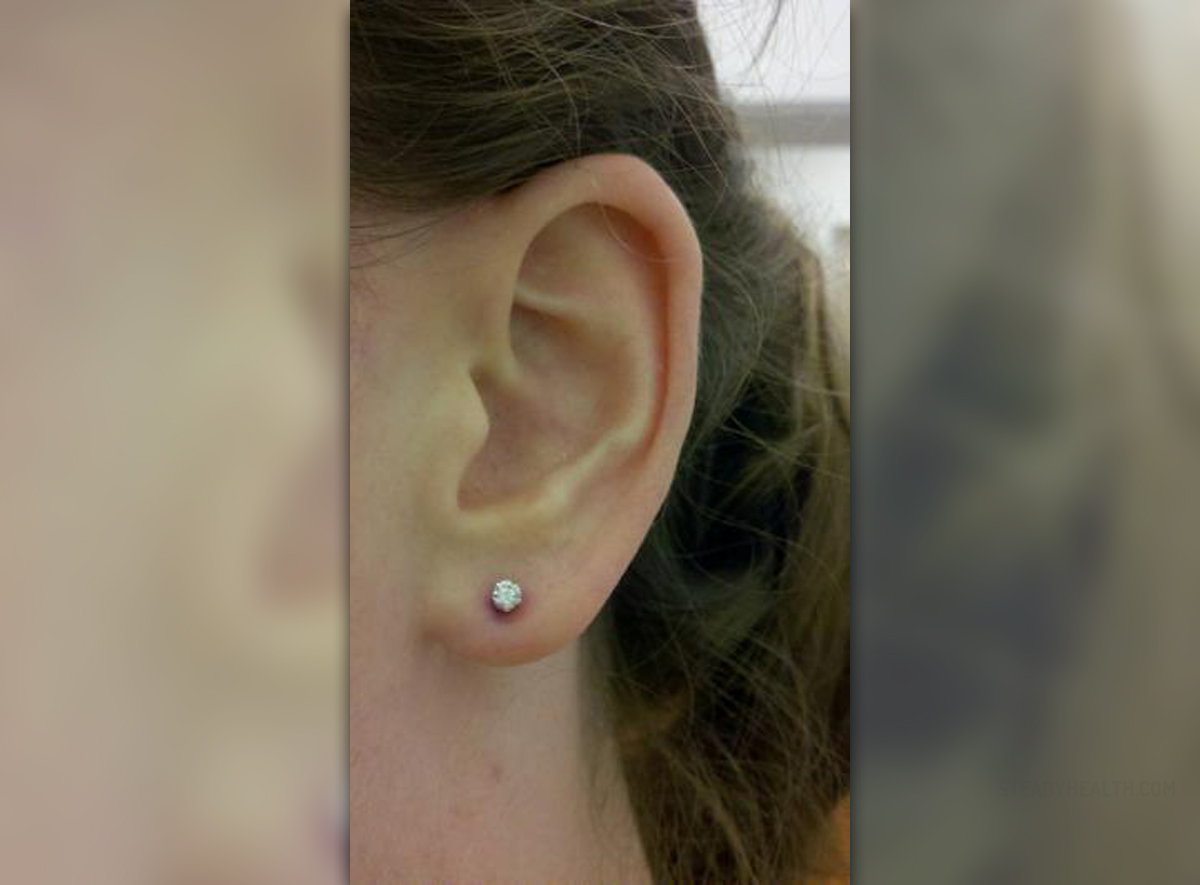
Ear piercing is one of the oldest and most popular type of body modification. Once reserved for women only, today ear piercing can be seen on men as well. Some people stop at just one piercing on each year, while some like having more than one throughout the earlobe.
This type of piercing is so widely present that no one really thinks of it as dangerous. However, sometimes complications do occur, and the most common is an ear piercing infection.
Causes and symptoms of ear piercing infections
Infections of ear piercing can occur for a number of reasons, the most common ones being, using unsterilized or unsanitary piercing equipment, unsterilized jewelry, inadequate aftercare, frequently touching the ear and the piercing with dirty hands and wearing tight-clasped jewelry.
The common symptoms of an ear piercing infection include pain, redness, swelling, irritation, itching, burning, yellow discharge from the piercing, blood, crusts and red bumps.
Treatment for ear piercing infections
It is generally recommended to see a doctor in case an ear piercing becomes infected, because sometimes the treatment with prescription antibiotics is necessary.
The piercing should be cleaned with warm water and antibacterial soap. The jewelry should be rotated, using clean hands, at least once a day.
Applying cotton balls previously soaked in saline solution, hydrogen peroxide or Epsom salts can be very effective too. Ice cubes pressed gently against the earring can help with the redness, inflammation and pain.
In case the infection does not go away soon, over-the-counter antibacterial ointments can be used to prevent the spreading of the infection and to reduce the bacteria. If this does not help, it is better to see a doctor.
How to prevent ear piercing infections
Ear piercing infections can be easily prevented by following a few easy tips. The most important thing is to make sure the person who is making the piercing uses sterilized equipment and jewelry and that he or she is wearing disposable gloves.
After the piercing is done, it is better to avoid touching it, except for rotating the earring with clean hands.
Clasps should be loose enough to allow normal blood flow through the ear.
The jewelry should be made of stainless steel, titanium or 14-carat gold. During the first two or three weeks, earrings should be taken out and soaked in alcohol for two or three minutes. This sterilizes them and prevents the bacteria and other pathogens from causing an infection.
People who take blood thinners, who bleed a lot, who are prone to keloids and staphylococcus infections should avoid any type of piercing.


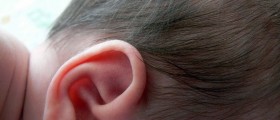
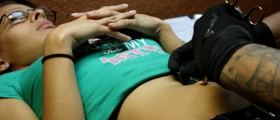
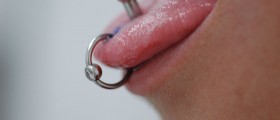
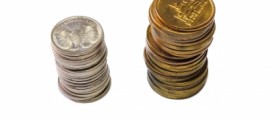

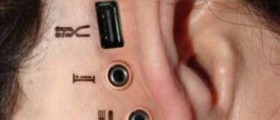


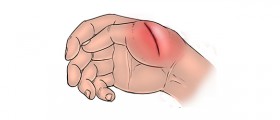
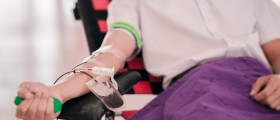



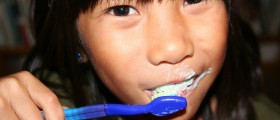

Your thoughts on this
Loading...